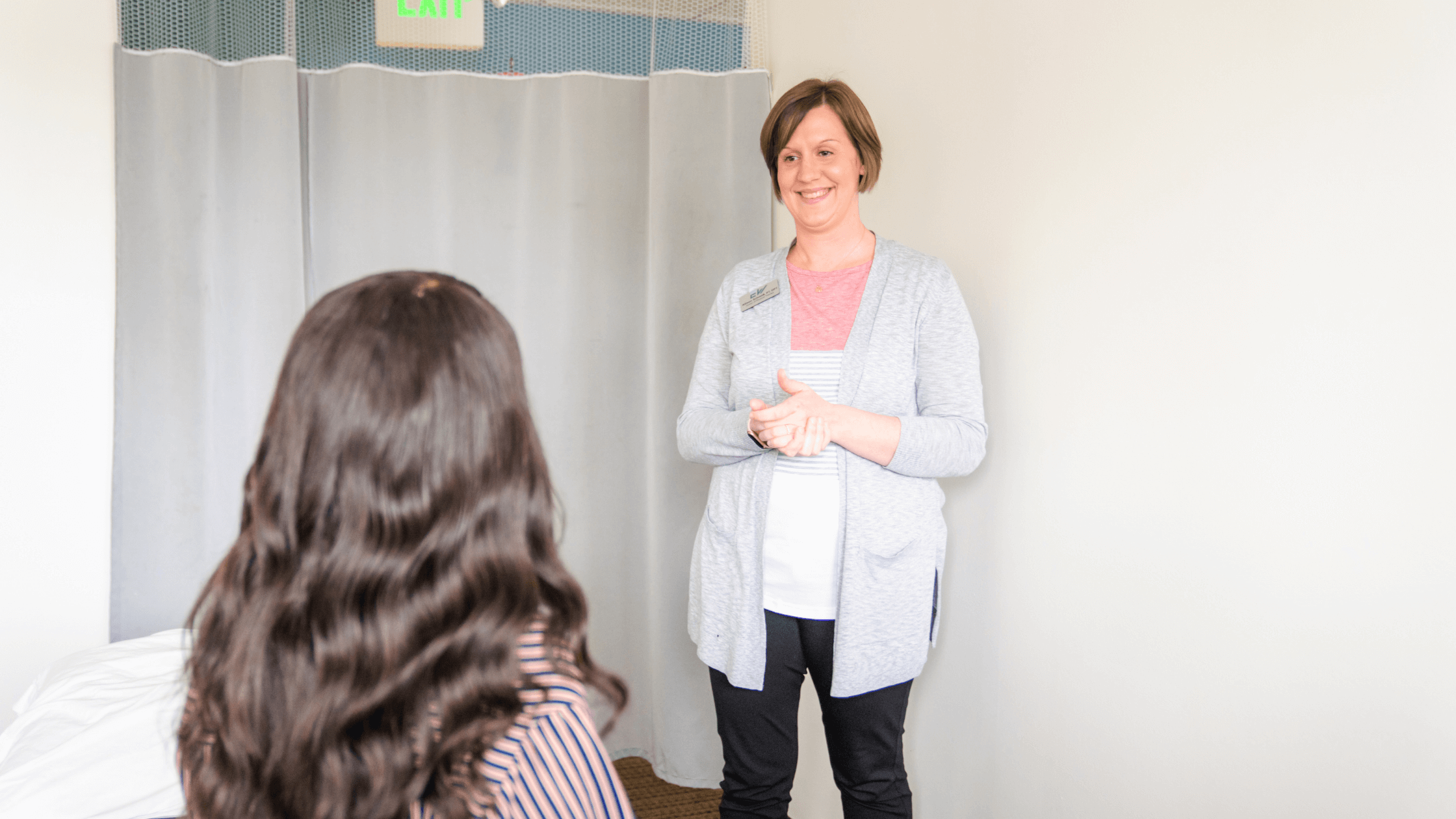What Is A Physical Therapy Evaluation?

Licensed Physical Therapist, PT, DPT // Director of Marketing and Sales // Certified Dry Needling Specialist // EW Motion Therapy Homewood
When you take your car into a repair shop, the mechanic will ask you a few questions. They will probably ask what happened and what exactly needs to be fixed. But the one question a mechanic will never ask you is why you need your car to be fixed. The answer, of course, is implied: cars are essential to our lives, and we need them to be fully operational at all times.
When you are explaining to your physical therapist the reasons you are seeking treatment, there are many answers you could give to your “why.” Maybe you’re a football player who, after an ACL tear, wants to feel the rush of scoring a touchdown again. Perhaps you’re an older woman with arthritis in her knee who just wants to move about her daily life with ease. Whatever your why, physical therapy can address many lifestyles, and your therapist will continuously tailor your treatment plan to your goals.
The first step in your physical therapy journey is the evaluation, where you meet your therapist for the first time. During this session, you can express your goals and desires for your treatment - your therapist should make sure you are seen and heard. At EW Motion Therapy, our therapists use evaluations to not only get to know the patient’s body but to understand them as human beings first. We perform a thorough movement screening and employ manual techniques to understand your body and what it needs. Physical therapy is a competitive market, but we want to be a resource for anyone nervous about what their evaluation will look like.
This article will discuss a typical sequence of an evaluation session, how the therapist evaluates, and some tips on how to prepare. With this information, you can come into your first appointment confident with clear expectations.
Evaluation sequence
History
When you come into the clinic for your evaluation, you may need to fill out some paperwork first, including your medical history and a general health questionnaire. Some clinics have the option to fill them out beforehand online, and this may be a great option to save some time. If you have a referral from your doctor, the clinic may have it already, but it’s a good idea to bring a copy just in case.
Before they meet you, your therapist will review whatever paperwork you have submitted. Once your therapist gets in the room with you, they will first ask you questions about your medical history, your current issue, and how it affects your daily life. Then you can discuss your goals and what you want to accomplish during therapy and beyond.
Screening
With your goals in mind, most therapists will start with a movement screening. Screening procedures may vary between therapists because of their educational background and the clinic itself. But generally, your therapist will ask you to perform a series of basic functional movements, such as walking.
A typical movement progression may include walking, marching, skipping, jogging, then running, when it is safe and pain-free to do so. They do this to identify a baseline of movement. When your therapist sees functional deficits in your movement, like instability or a limp, they use that information to plan for the next steps of the evaluation.
After your movement screening comes the hands-on portion. Your therapist may ask you to sit or lie down on an exam table so they can get another perspective of the deficits they identified during the screening. For example, if your shoulder is bothering you, your therapist may move your shoulder at different angles or ask you to move it to see where it is most difficult to move.
Treatment
Toward the end of your time together, your therapist will review what they found from your evaluation. They will discuss a treatment plan with you and recommend some exercises you can do at home. Their initial plan will probably change as you go along - part of any good treatment plan is the ability to adapt it as your condition improves.
The final piece of the evaluation is to discuss and schedule future sessions, where your treatment plan will be carried out. However, your evaluation does not end after this first session - your therapist will continuously evaluate you to make sure you are progressing as you should.
Evaluation points
Let’s go into more detail about what physical therapists evaluate and how they do it. In physical therapy school, students study anatomy, kinesiology, and physiology, and how each of the body’s systems (nervous, cardiovascular, endocrine, etc.) are connected. They also learn how to assess proper movement patterns, including walking, throwing, and jumping.
Many physical therapists find that the best experience in evaluating and treating occurs in a clinic environment. As they gain experience, they can better treat different body types and conditions when they encounter them.
Some of the essential points evaluated include general movement, balance, range of motion, strength, and other special tests for your specific issue. A great physical therapist will adjust their screening based on the client’s needs - they will not worsen your condition by doing unnecessary or painful movements as they screen.
How else should I prepare?
Now you can walk into your clinic for the first time, more confident and prepared for your initial encounter with your therapist. Before your evaluation, you should do a few essential things to prepare, but once you complete that checklist, you should be ready to begin your journey.
At EW Motion Therapy, we are always available to answer our patients’ questions, and we make sure they are confident and prepared before, during, and after their appointment. If you are interested in our approach, fill out our Request an Appointment form, and someone from our staff will contact you within 48 hours with your next steps.

